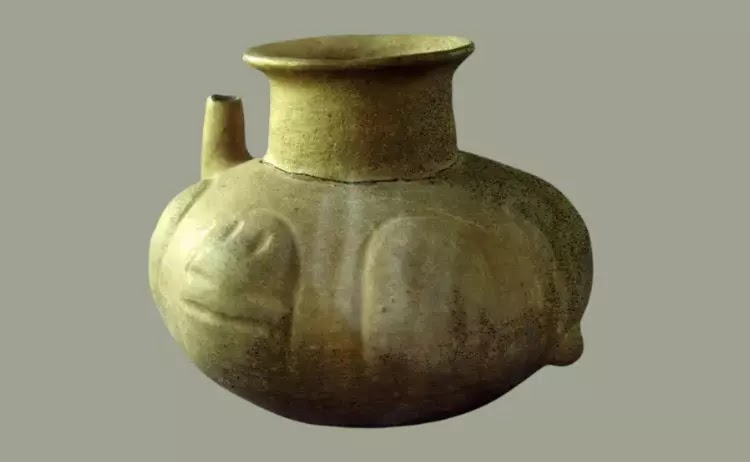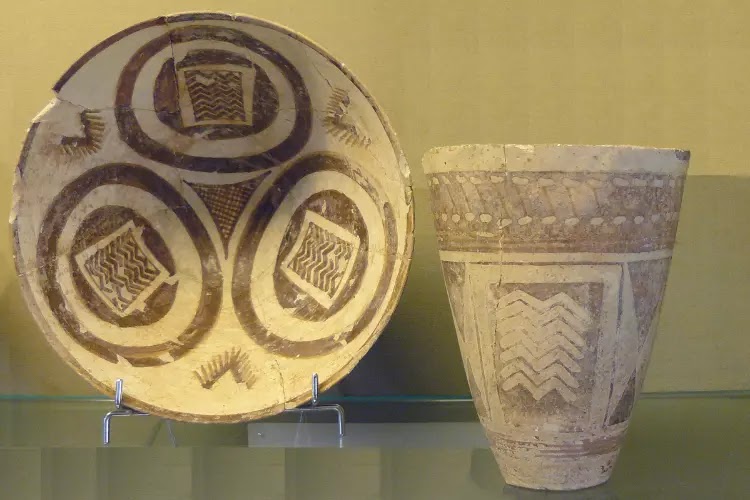Oldest
Top 8 Oldest Alcoholic Drinks In The World
The history of alcoholic drinks is a fascinating journey that spans thousands of years and cuts across numerous cultures and civilizations. From ancient times to the present day, humans have been fermenting various substances to produce alcoholic beverages.
The earliest evidence of alcohol production dates back to around 7000-6000 BCE in ancient Mesopotamia (modern-day Iraq). The Sumerians, one of the earliest known civilizations, fermented barley to make beer. They considered beer a gift from the gods and even had a goddess of beer, Ninkasi.
ADVERT
Here we would like to share with you the top 7 oldest alcoholic drinks in the world and the history behind them.
8. Cacao Wine (1400 BCE)
Cacao wine, also known as chocolate wine, is a unique alcoholic beverage that combines the flavors of cacao beans and wine. Although not as widely known as other alcoholic drinks, cacao wine has a rich history that can be traced back to ancient Mesoamerican civilizations.
The Maya and Aztecs cultivated cacao trees and used the beans to produce a variety of food and beverages, including a fermented cacao-based drink called xocoatl. They believed it possessed mystical and energizing properties. The drink was often consumed during religious ceremonies, social gatherings, and as a stimulant by warriors and nobility.
7. Ninkasi Beer (1800 BCE)
Ninkasi beer is named after the ancient Mesopotamian goddess of beer, Ninkasi. It pays homage to the historical roots of beer brewing in ancient Sumeria, which is considered one of the earliest civilizations in human history.
The Hymn to Ninkasi is an ancient Sumerian poem that serves as both a recipe for brewing beer and a prayer to the goddess Ninkasi. This hymn, written around 1800 BCE, is considered one of the earliest known written texts dedicated to brewing.
ADVERT
The modern Ninkasi beer brand takes its inspiration from the ancient Sumerian brewing traditions and the goddess Ninkasi. Founded in 2006 in Eugene, Oregon, United States, Ninkasi Brewing Company aims to pay homage to the historical significance of beer and its cultural roots.
6. Ancient Egyptian Herbal Wine (3150 BCE)
Ancient Egyptian herbal wine, also known as medicinal wine, played a significant role in the culture, religion, and medicinal practices of ancient Egypt. It was a blend of wine and various herbs and botanical ingredients, and it held both social and medicinal importance.
The Egyptians cultivated vineyards along the fertile Nile River and produced wines from different grape varieties. They also had a profound belief in the healing properties of plants and herbs by developing herbal remedies and using them to treat various ailments and maintain overall well-being.
The herb or botanical ingredients were believed to have specific medicinal properties, and their combination in wine was thought to enhance their effectiveness.
5. Barley Beer (4000 BCE)
Barley beer has a long and storied history that dates back thousands of years. It is one of the oldest known alcoholic beverages and has played a significant role in various cultures around the world.
The origins of barley beer can be traced back to ancient Mesopotamia, in the region of modern-day Iraq and Iran. The Sumerians, who inhabited this area around 4000 BCE, were one of the earliest civilizations to cultivate barley and use it for brewing beer.
ADVERT
The Sumerians soaked malted barley in water to extract its sugars, then allowed the mixture to ferment. The resulting beverage, known as "sikaru," was a thick and cloudy beer that served as a staple in Sumerian society.
4. Chicha (5000 BCE)
Chicha beer has a long history that traces back to ancient times in the Andean region of South America. It is a traditional fermented beverage made from corn and has been an integral part of indigenous cultures in the Andes for centuries.
Chicha beer production predates the Inca civilization, with evidence suggesting its existence as far back as 5000 BCE. Chicha beer was often used in ceremonial rituals, festivals, and celebrations. It can also be used as a form of tribute and payment for labor or services.
The process of making Chicha beer involves germinating maize kernels, known as malting, to convert starches into fermentable sugars. The malted maize is then cooked, ground, and mixed with water. To aid fermentation, enzymes from the saliva of chewed maize were traditionally added, providing natural amylase enzymes to convert starches into sugars.
3. Hajji Firuz Tepe Wine (5400 - 5000 BCE)
Hajji Firuz Tepe is an archaeological site located in the northwestern region of Iran, near the modern-day city of Sialk. the wine unearthed at the archaeological site of Hajji Firuz Tepe in Iran was regarded as the world's earliest known wine.
The excavation at Hajji Firuz Tepe led to the examination of a jar's yellowish residue, revealing that it was indeed grape wine. This particular jar was discovered alongside five other similar jars in what appears to have been the kitchen area of a Neolithic mudbrick building.
Notably, these jars contained traces of terebinth tree or pine resin, which were likely added to the wine as a means of preservation. Furthermore, evidence suggests that the inhabitants of Hajji Firuz Tepe produced both red and white wine.
2. Georgian Wine (6000 - 5800 BCE)
Georgian wine has a rich and storied history that spans thousands of years, making it one of the oldest wine-producing regions in the world. The country of Georgia, located at the crossroads of Europe and Asia, has a unique winemaking tradition deeply intertwined with its culture and heritage.
Archaeological evidence suggests that grape cultivation and winemaking practices existed in Georgia as early as 6,000 BCE. The traditional winemaking method of fermenting grapes in large clay vessels called qvevri is believed to have originated in Georgia.
ADVERT
Qvevri winemaking involves burying large clay vessels in the ground, which act as both fermentation and aging vessels. The grapes, including their skins, stems, and seeds, are placed in the qvevri, and the natural fermentation process begins.
This traditional method allows for extended contact between the grape juice and the grape solids, resulting in distinctive flavors and textures.
1. Chinese Fermented Beverage (7000 - 6000 BCE)
Chinese fermented beverages have a long and fascinating history, deeply rooted in the country's rich cultural heritage. These traditional beverages have been an integral part of Chinese culinary and social traditions for thousands of years and are believed to be the oldest alcholic drink in the world.
The history of fermented beverages in China can be traced back to ancient times with archeologists suggesting it to be as early as 7,000 to 6,000 BCE. The discovery of pottery jars and vessels with residues of fermented liquids provides insight into the early practices of brewing.
Rice wine, also known as huangjiu, is one of the oldest and most prominent fermented beverages in Chinese history. It is made by fermenting rice with the help of yeast and other microorganisms. Rice wine has been consumed for both culinary and medicinal purposes and is an essential component of traditional Chinese rituals and ceremonies.
Source:

















Post a Comment
0 Comments